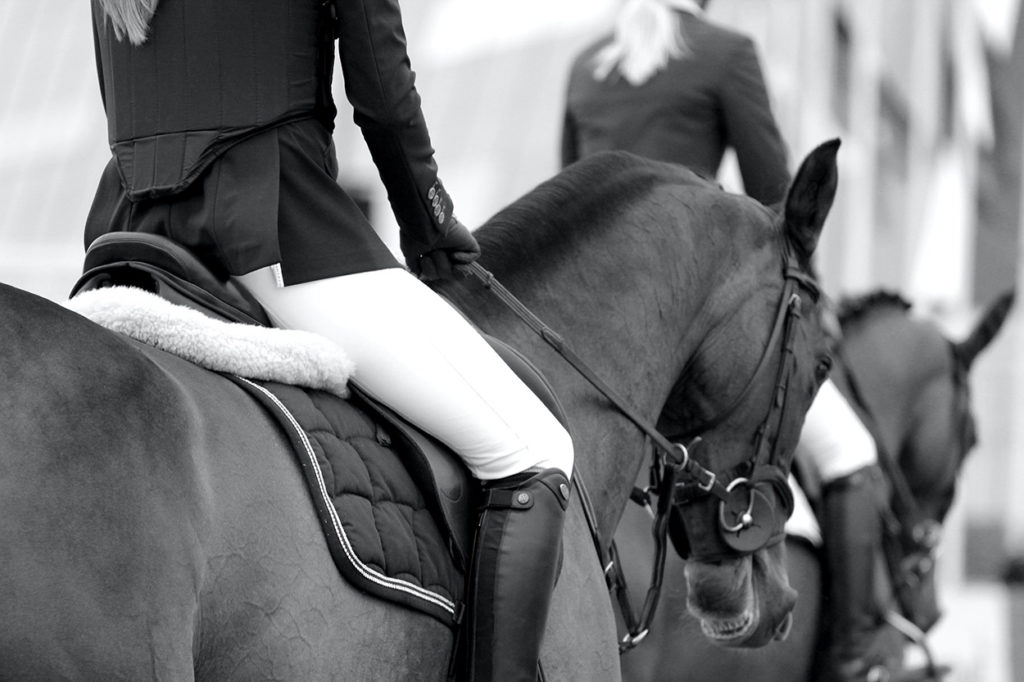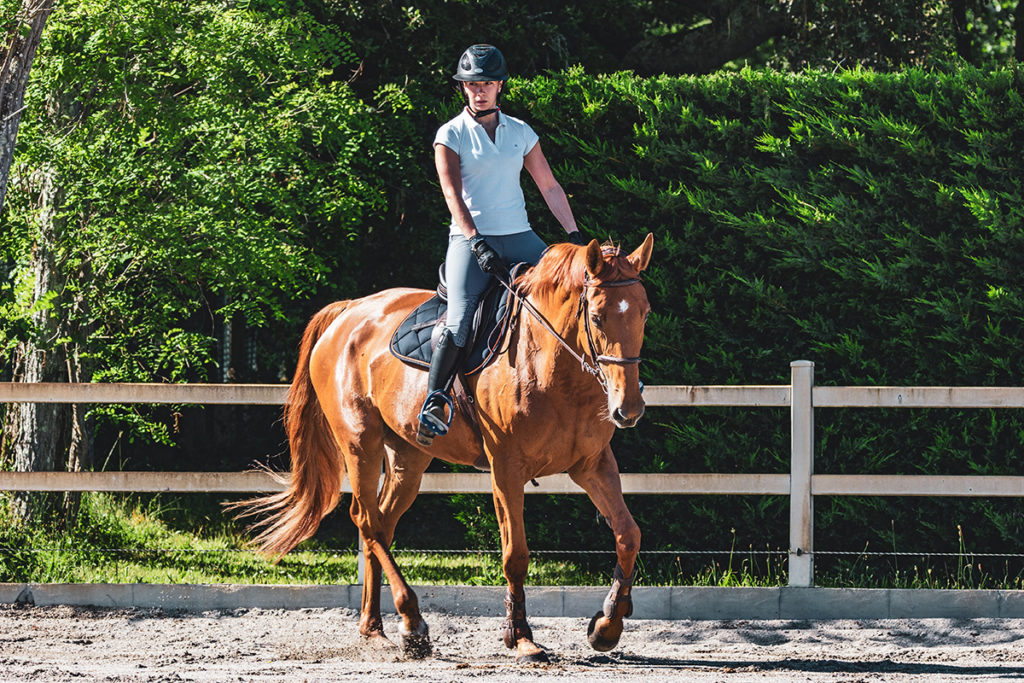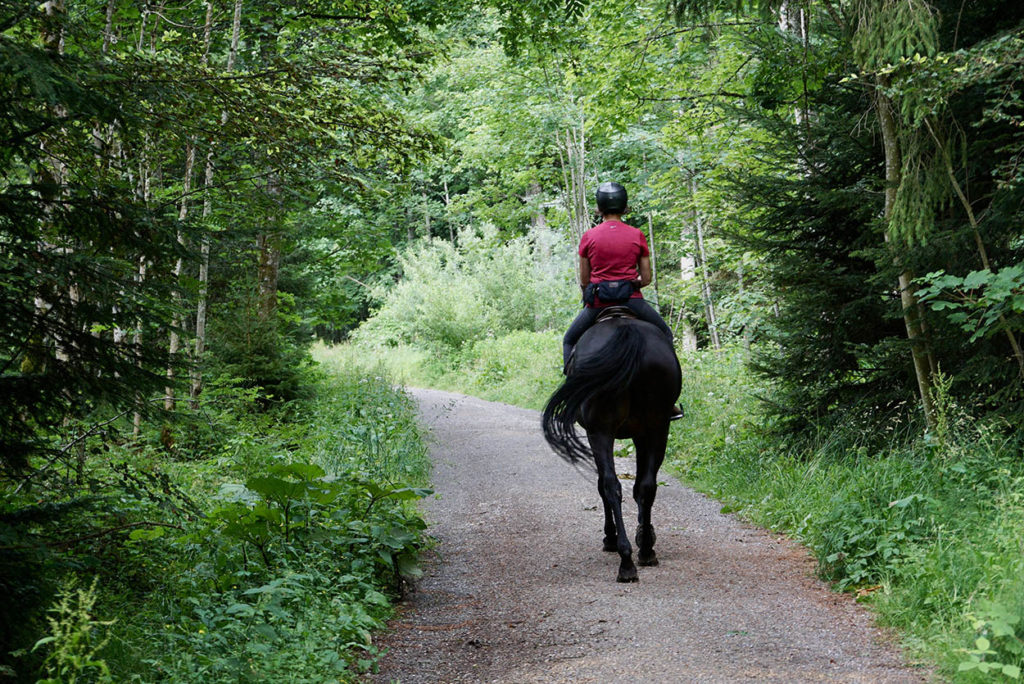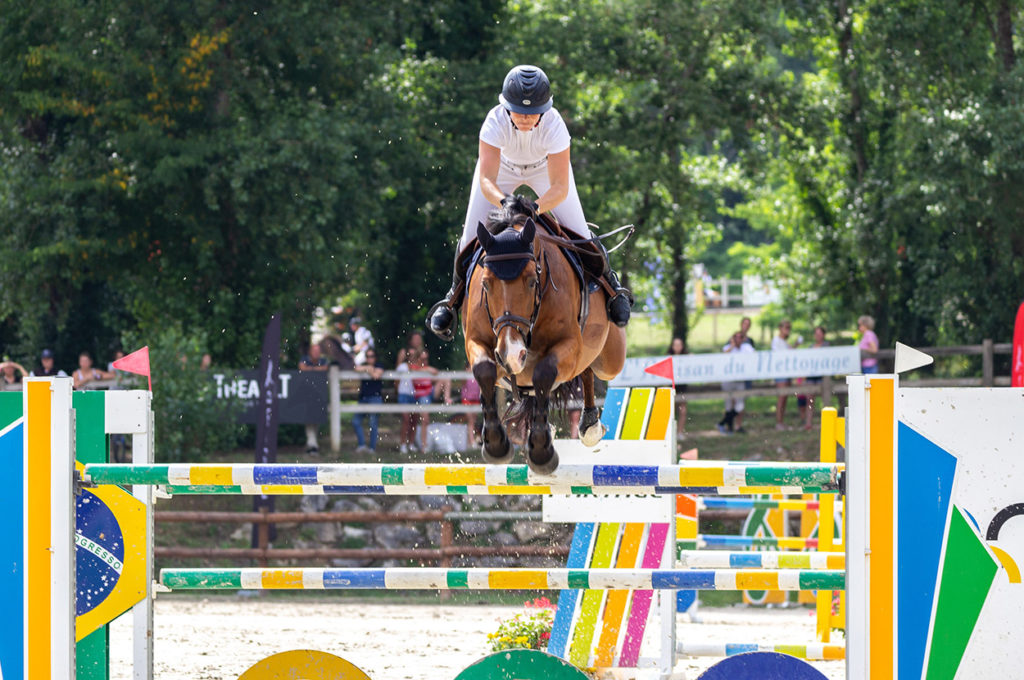Cantering, or loping, is a point that most new riders look forward to. It’s a gait that is quicker and more exciting than a trot or jog. While the act of learning to canter is only the beginning to refining skills and learning more difficult riding techniques, cantering is the last of the big three: walking and steering, trotting, and cantering.
You’re probably wondering how many riding lessons it will take before you’ll learn to canter. We’re here to dive into the answers (or lack thereof).
How Many Riding Lessons Before Cantering—It Depends
Many factors go into how many riding lessons you’ll take before learning to canter. Some riding facilities will begin teaching the canter within the second month while others won’t take this step until twelve months or more of consistent riding.
At The Educated Equestrian, we’re of the mindset that slow and steady wins the race. You should have a handle on steering, walking, halting, sitting trot, and rising trot before you even consider the canter.
At the end of the day, there is no simple answer to how many riding lessons you’ll need before you learn to canter. It isn’t as simple as hitting the magic number 10 and cantering away into the sunset. Nope. There are plenty of factors and it will take some riders much longer to get to the canter stage than others. (And that’s okay!)
Age
Younger riders will likely take longer to learn how to canter than riders who begin as adults. This is because children have to learn how to control their bodies and often take longer to develop the muscle required to safely canter. However, this doesn’t mean children can’t canter. There are plenty of children who are incredibly talented riders and can easily go up against the skills of full-ground adults.
Facility
Every riding school will be different in its curriculum and the average timeline they follow when teaching student riders. Some facilities may teach riders as early as two months into lessons while others may take up to a year.
It is important that you feel safe with your trainer and that you don’t feel forced to canter if you are scared or don’t feel prepared.
Natural Ability
Some people are naturally good riders and will progress quicker than others. There is nothing wrong with riders who take a bit longer to advance to cantering but it is a factor to consider. This natural ability may be in part to athleticism or strength-training outside of the barn.
Horse
The horse you are learning to ride on does play a part in how quickly you’ll learn to canter. If you are on a bombproof school horse (which is best for everyone) then you’ll be able to tackle cantering earlier. Lesson horses who have been around the ring know how to babysit a new rider. Sometimes it’s okay to have a horse that is babysitting you while you learn the ropes.
What is absolutely not recommended is learning how to canter, or ride in general, on a green horse as a new rider. That is a recipe for disaster.
Things to Consider When Learning to Canter
When it’s time for you to take the next step and learn how to canter you’re likely to feel at least a little nervous. There are two things that should be front of mind: safety and a no-rush mentality. If your trainer is rushing you or making you feel unsafe then it is completely reasonable to have a real conversation about how you feel or to look for greener pastures.
Safety First
Safety is first and foremost. Riding is dangerous. Being around horses is dangerous. People can fall off while walking if their horse spooks just as they could at a gallop. However, that doesn’t mean moving to the canter shouldn’t be treated with the respect for safety that it deserves.
You should have a strong seat and your trainer should walk you through all the steps to make you feel safe while learning to canter. This could mean starting on a lunge line to get a feel for the movement before worrying about steering. You and your trainer can work out a plan that you’re comfortable with and that feels safe for you.
Don’t Rush It
Don’t rush learning to canter. While it may seem fun to run through a pasture with your hair in the breeze, eating dirt is never fun. You should have a strong seat and be confident in the saddle before you learn to canter.
Also, keep in mind that cantering will take a little bit to get used to. You’ll need to learn how to get your horse to pick up the correct lead and you’ll need to learn how to move with the horse through the movement of a canter (both sitting and in half-seat). This takes time and practice, there’s no fast track to learning.
Dangers of Learning to Canter Too Soon
Some lesson barns will teach riders to canter within two months of their riders’ first time on a horse. This spells danger to me and can lead to bad habits.
While some riders do learn quicker than others, learning to canter too soon can lead to a number of problems from developing bad habits to learning to fear cantering.
Developing a Fear of Cantering
If you learn to canter too soon and have a bad experience like feeling out of control or worse yet, falling, then it can lead to a fear of cantering. This can actually set back your riding journey.
While it’s normal to be a bit nervous when you learn to canter, you should not be outright fearful. If you are frightened of cantering and don’t feel like you have the riding chops to handle it, be honest with your trainer. A good trainer will help you calm your nerves and take the steps necessary to be confident in the saddle.
Developing Bad Habits
If you’re cantering before you’re ready you could develop bad habits in regard to cantering. This might be a poor position, snatching at the bit, or another nasty habit.
The thing about bad habits is they are hard to break. It’s better not to start them in the first place.
Injury
Most obvious of all, if you take on learning to canter too soon you are more likely to fall and be injured. You should be a strong and confident saddle before you add speed to the mix. Learning to canter too soon is like sticking a new driver with just their learner’s permit out on a race track.




